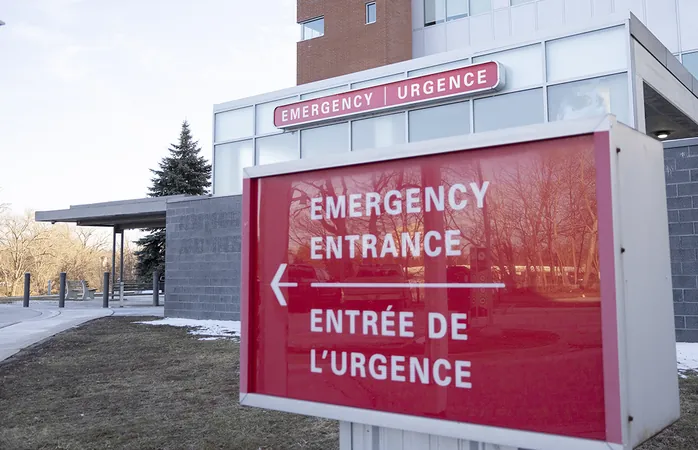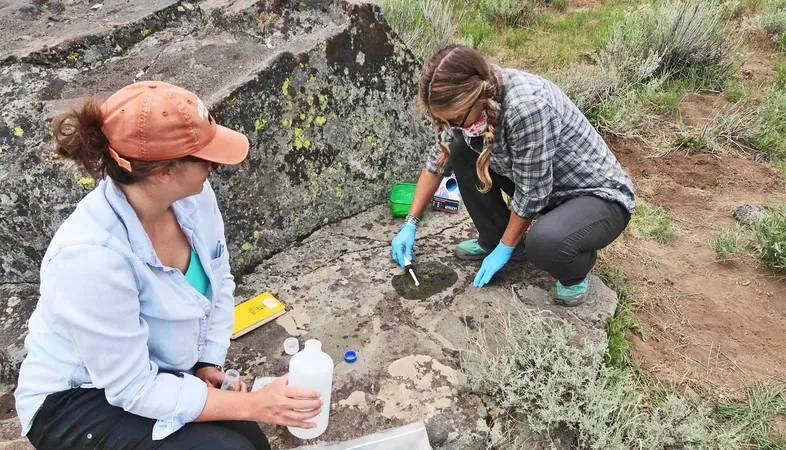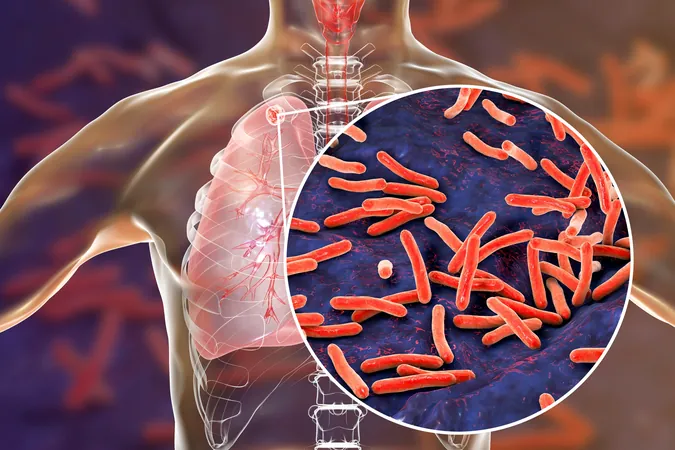
Keeping the Hospital Safe: How Advanced Air Systems Protect Against Airborne Contaminants
2025-04-01
Author: Michael
Keeping the Hospital Safe: How Advanced Air Systems Protect Against Airborne Contaminants
When it comes to emergency care, the air you breathe can be just as crucial as the treatment you receive. At the Chatham-Kent Health Alliance (CKHA), the emergency department (ED) has been strategically designed to combat the threat of airborne infections, a vital consideration especially in today’s world.
In this innovative facility, the air is kept in what is known as a negative pressure environment. This means that every time a door swings open, the system actively draws in airflow to prevent potentially harmful airborne germs from spreading to other areas of the hospital. According to Alex Sullo, director of facilities and support services at CKHA, this is a proactive measure that significantly enhances patient safety.
Remarkably, the air in the emergency department is replaced a staggering 12 times every hour—allowing fresh, filtered air to continuously circulate into the space. “Every five minutes, we ensure that the volume of air is vacated and replaced with outside air that has been thoroughly filtered through HEPA (high-efficiency particulate air) filters,” Sullo explained. These HEPA filters are renowned for their ability to trap a variety of particles, including dust, pollen, mold, bacteria, and other pollutants, thus maintaining superior air quality.
The negative pressure setup isn’t just about controlling air flow; it's about containment. “We want to keep everything that is in that area within that area, so it doesn’t migrate outside of it,” says Sullo. This system is particularly crucial during outbreaks of airborne diseases, such as measles, where keeping the surrounding hospital areas safe is a top priority.
In response to a recent measles exposure, CKHA took further action by converting the nearby Frank and Mary Uniac Auditorium into a temporary pre-screening location for individuals exhibiting symptoms. “We were trying to keep people who had symptoms from entering the building, hoping to contain any spreads that way," Sullo said. “The auditorium was modified to create a similar negative pressure environment.”
Moreover, CKHA has invested in multiple AIIRs (Airborne Infection Isolation Rooms) throughout the hospital. Equipped with the same advanced ventilation system as the emergency department, these dedicated rooms also renew their air every five minutes, ensuring that patients who require isolation receive top-notch care without compromising the health of others.
As hospitals gear up to face increasing cases of airborne diseases, CKHA’s commitment to patient safety through state-of-the-art ventilation systems is not just commendable—it’s essential. The importance of these measures cannot be understated in protecting the health of patients and staff alike, ensuring that our healthcare facilities are safe havens for treatment and recovery.
Stay tuned as we continue to explore the pioneering methods hospitals are adopting to safeguard public health in the face of infectious diseases!









 Brasil (PT)
Brasil (PT)
 Canada (EN)
Canada (EN)
 Chile (ES)
Chile (ES)
 Česko (CS)
Česko (CS)
 대한민국 (KO)
대한민국 (KO)
 España (ES)
España (ES)
 France (FR)
France (FR)
 Hong Kong (EN)
Hong Kong (EN)
 Italia (IT)
Italia (IT)
 日本 (JA)
日本 (JA)
 Magyarország (HU)
Magyarország (HU)
 Norge (NO)
Norge (NO)
 Polska (PL)
Polska (PL)
 Schweiz (DE)
Schweiz (DE)
 Singapore (EN)
Singapore (EN)
 Sverige (SV)
Sverige (SV)
 Suomi (FI)
Suomi (FI)
 Türkiye (TR)
Türkiye (TR)
 الإمارات العربية المتحدة (AR)
الإمارات العربية المتحدة (AR)